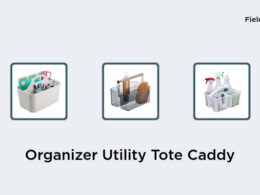Planting harmonious crops together is an excellent way to ensure that your garden thrives, and one of the most famous combinations of crops is The Three Sisters. This technique involves planting beans, corn, and squash together, and each plant benefits the others in a unique way. Here are three plants that grow well together:
Corn: Corn provides structural support for the beans and serves as a natural trellis. As the beans climb up the cornstalks, they help anchor the corn and prevent it from falling over in strong winds.
Beans: Beans take nitrogen from the air and convert it into a form the plants can use. They release this nitrogen into the soil, which provides a natural source of fertilizer for the corn and squash.
Squash: Squash provides natural ground cover, which helps keep the soil moist and prevents weeds from growing. It also acts as a natural mulch, protecting the roots of the other plants from the sun and helping to retain moisture.
By planting these three plants together, you can create a sustainable garden that benefits all of the crops and requires minimal maintenance. So, why not give The Three Sisters a try in your own garden?






















